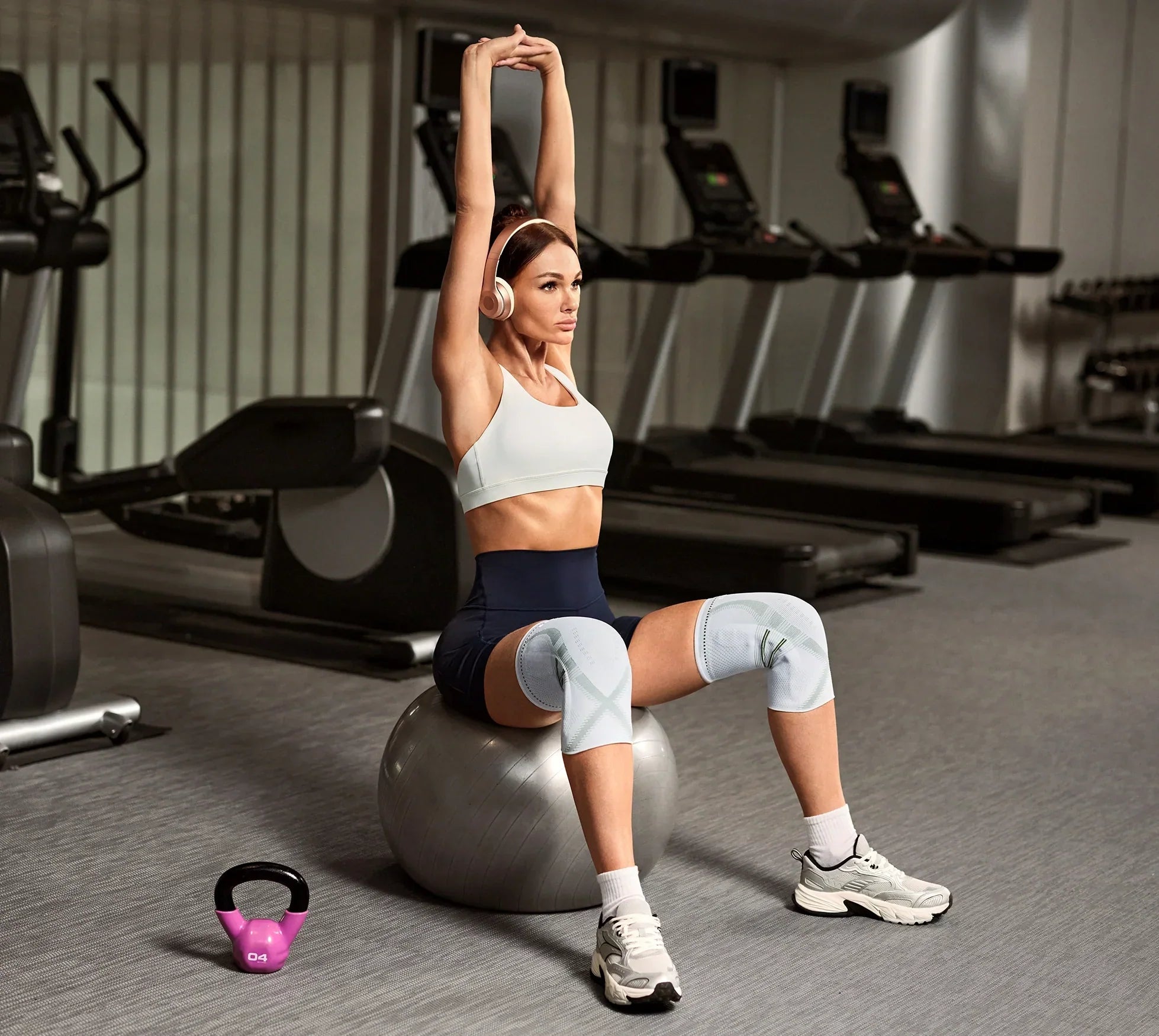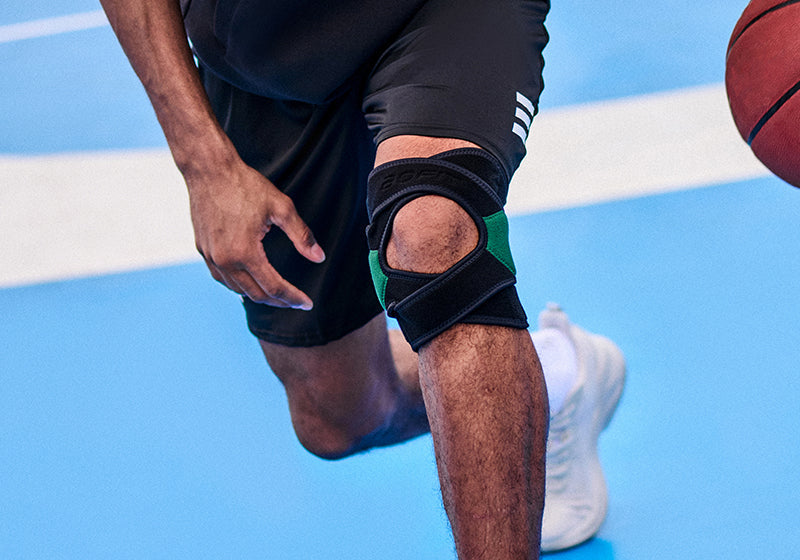Introduction: When Passion Meets Pain – A Runner’s Knees Speak Up
Behind the glory of every marathon finish line lies a pair of knees silently bearing the brunt of each stride.
From patellar softening and meniscus wear to ligament inflammation and joint effusion—long-term, high-intensity running often makes knees the first warning sign of overuse. Studies show that 60% of marathon runners experience knee issues serious enough to interrupt training, and nearly half see their running careers shortened due to lack of early intervention.
As a passionate marathon runner, I once ignored my knee health too. What began as occasional soreness gradually turned into persistent discomfort after every long run. My doctor explained:
“Each stride while running exerts a force three to five times your body weight on your knees.”
For a 70 kg runner, that’s a staggering 210–350 kg of pressure with every step.
Part 1: First Contact – From Doubt to Acceptance
“Knee braces? Aren’t those for old people?”
That was my first reaction when my coach suggested I try a knee brace. At the time, I had lingering pain in my right knee after a half marathon. There was even a faint popping sound going up stairs. But as someone who believed in “natural running,” I thought braces would restrict movement or make me dependent on them.
It wasn’t until a 30K long run left my knee so swollen I couldn’t bend it that I finally gave in and tried one.
My First Experience with a Knee Brace for Running:
-
Instant Support: The moment I put on a professional patella-stabilizing knee brace, it felt like a pair of steady hands holding my joint in place.
-
Confidence Boost: The kneecap tracked more smoothly, and the “wobbly leg” sensation on downhills disappeared.
-
Unexpected Gains: I could finally push off confidently with my right leg, improving pace without adding strain.
“A knee brace isn’t a shackle—it’s a performance enhancer.”
That was my realization after completing my first full marathon wearing a brace.
Part 2: Understanding the Science – Why Knee Braces Matter
After months of testing different types and training with knee braces, I discovered that the right support provides three essential benefits for distance runners:
1. Structural Support – Stabilizing the Joint
Running involves repeated bending and impact. Without perfect form or adequate strength, ligaments and menisci take on excess stress. Braces with elastic bands or silicone pads help stabilize the patella, reducing friction and abnormal movement.
2. Shock Absorption – Reducing Impact on Landing
High-quality running knee braces use resilient, impact-dispersing materials, which cushion the knees—especially useful in the later stages of marathons when form breaks down.
3. Warmth & Circulation – Easing Stiffness
Cold weather can thicken synovial fluid, limiting mobility. Compression-style braces help retain warmth and improve circulation, preventing stiffness. When I wear the QuadStab Pro brace during winter runs, I notice an immediate difference in comfort and joint mobility.

Part 3: Choosing Wisely – The Runner’s Knee Brace Rule of 3

With so many options on the market, how do you choose the right knee brace for marathon runners? After trial and error, I came up with my personal "Rule of 3":
1. Support vs. Flexibility
-
High Support Braces: Ideal for runners with previous injuries or heavier body weight.
-
Medium Compression: Great for daily training protection without sacrificing freedom of movement.
-
Lightweight & Breathable: Best for short runs, warm climates, or recovery jogs.
2. Fit & Anti-Slip Design
Try before you buy if possible. A good brace shouldn’t slide down mid-run or cause skin irritation. Look for moisture-wicking material and adjustable straps.
3. Match the Scenario
-
Daily Runs → Breathable, moderate support
-
Race Day → Lightweight but firm stability
-
Injury Recovery → Consult your physiotherapist and consider medical-grade options
Conclusion: Running Smarter, Not Just Harder
I used to think that pushing through pain made me a tougher runner. But after embracing the support of a knee brace, I learned that running smart means running longer.
If you're dealing with persistent knee pain or want to protect your joints proactively, don't see a knee brace as weakness. See it as a tool to extend your running career, improve performance, and enjoy the miles ahead pain-free.





